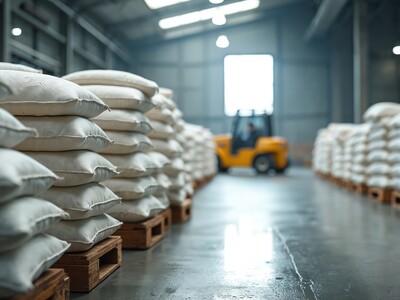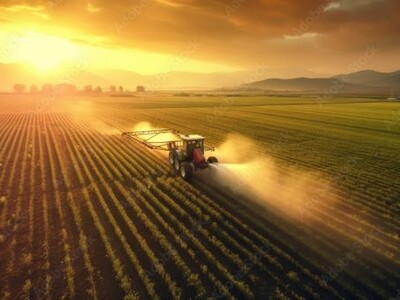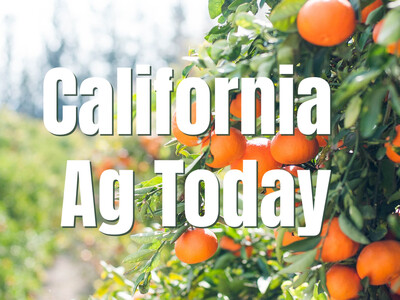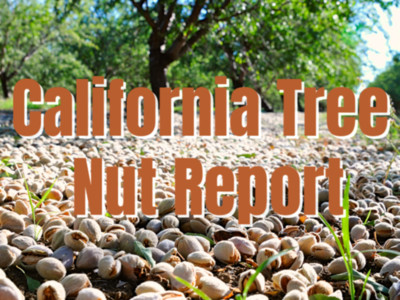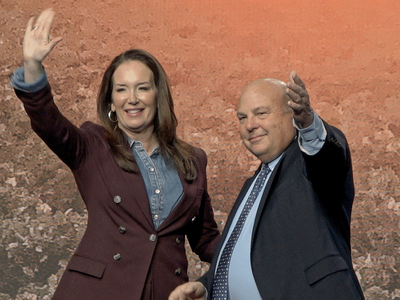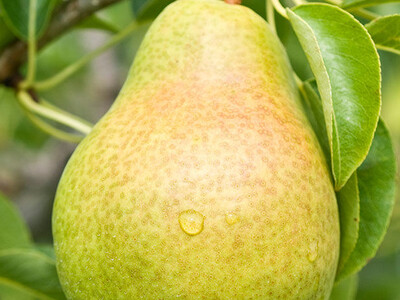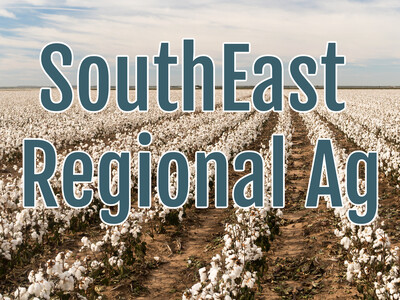Freeways to Fuels
Freeways to Fuels. I’m Greg Martin as Line On Agriculture presents the Harvest Clean Energy Report.
Every time I drive down the highway I wonder at the great expanses of grass that is so nicely manicured between the roads and on the side. That strip of grass has caught the attention of Dallas Hanks, a research scientist with
HANKS: (We) took our idea of how can we contribute to biofuel production, biodiesel production and said we have the agronomic tools – what can we do to employ those agronomic tools without affecting the agricultural lands that are being used now. And second to that equation is what lands are being maintained now. What has to be mowed, or weeds have to be suppressed or certain things like that. Are there lands out there that are viable to grow biodiesel – biofuel crops on and really not affect agriculture per se.
The idea is to use the strips along highways to grow biofuel crops but Hanks says the first few attempts in 2007 were not very positive.
HANKS: Unfortunately we had the warmest, hottest, driest year we’ve had in
Those test plots were in 4 different areas in
HANKS: By this time the idea has gotten out there a little bit and so we start to form what we call a National Freeways to Fuel Alliance and this is between 8 other land grant universities around the country that want to try this process where they might be more successful in growing biomass in places that have more precipitation.
The crops they are looking at include 2 varieties of canola and safflower. So what are the numbers?
HANKS: Our estimation is that we can do this economically in the west for about 600 pounds per acre. If we can get 600lb of oilseed at 40% oil content and extract it at about 80-85% efficiency range, we can pay for those maintenance costs and pay for the fuel so all those maintenance costs would go back into the state budget or would be utilized for other things.
In
For additional information on clean energy, visit harvestcleanenergy.org. That’s today’s Line On Agriculture. I’m Greg Martin on the Northwest Ag Information Network.
www.harvestingcleanenergy.org






